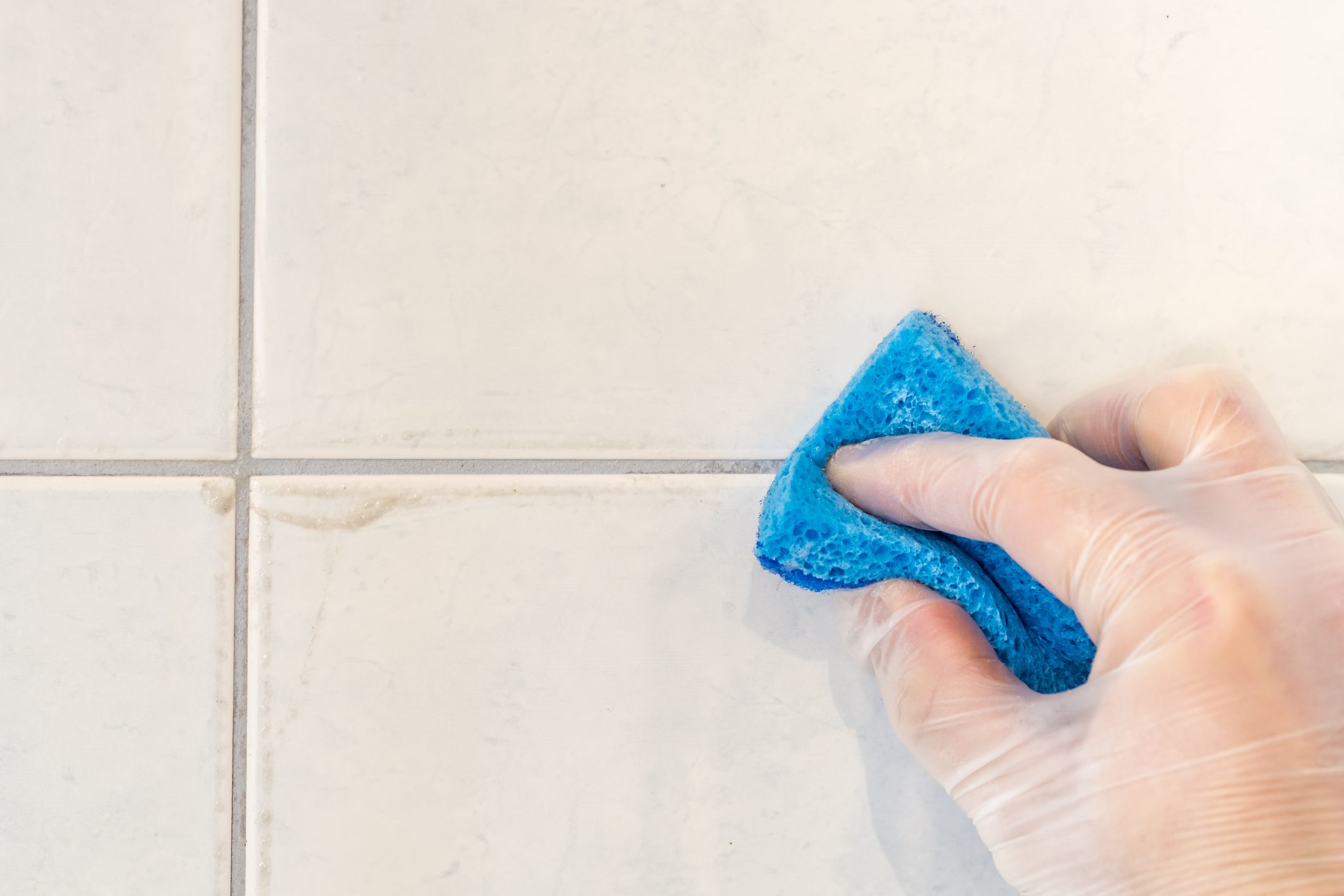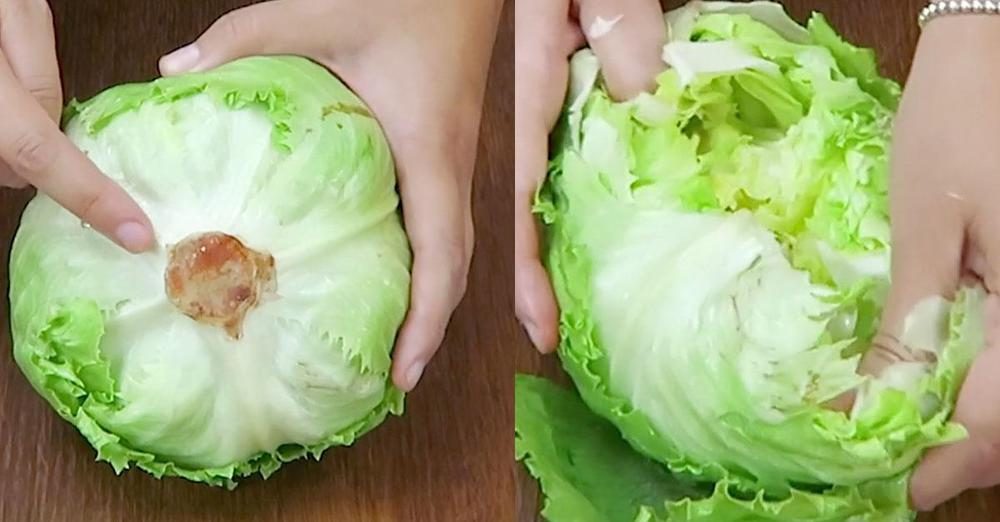Simplified Guide To Preventing Condensation In Your Refrigerator
Your refrigerator is meant to keep foods cold but this is compromised when condensation happens. In simpler terms, the cold temperatures in your refrigerator become affected and get warmer than is appropriate thanks to condensation. In this article, we take a brief look at the causes of condensation and how best to avoid them to prevent unprecedented food spoilage.
;Resize,width=742;)
If you recently noticed condensation in your refrigerator, you should investigate to ascertain whether it's caused by you or a mechanical problem.
Here are some of the common causes of condensation in a refrigerator:
- You or others in your home constantly open the refrigerator.
- You live in an area that is very humid.
- You don't let food cool down before refrigeration.
- Your refrigerator is tightly packed with food items.
- Your refrigerator isn't level so it can't operate properly.
Now that you know the most common causes of condensation in your refrigerator, you should learn how best you can avoid them and overall, boost the performance of your refrigerator.
1. Stop opening your fridge too often

If you tend to leave your fridge open for too long, then that explains why your fridge isn't working properly like it should. That's because doing so frequently causes instability in the fridge's temperature as cold air escapes.
Alternatively, the problem might also be related to the fridge's door seal. If it's slack or completely removed, then it'll give room for the cold air to escape.
WHAT TO DO
- Reduce the amount of time your refrigerator door spends open; if you're not the only one that has access to the fridge, discuss the matter with any family members or housemates.
- Repair or replace the door seal if necessary.
2. You live in a very humid environment

If you live in an area that’s home to a tropical climate then your fridge might find it difficult to adjust, leading to condensation and poor performance.
WHAT TO DO
- Use an air conditioner and keep the windows closed if you can. This minimises humidity in your kitchen and the resulting amount of moisture in your fridge.
3. You place heated food in your fridge

This mistake commonly applies when you rush to place food items in your fridge, whether it's a product fresh from the farm or leftovers from a recently-cooked meal.
By doing this, you increase the chances of condensation in your refrigerator as moisture evaporates from the food items and into the fridge.
WHAT TO DO
- Let cooked food cool completely before transferring to your fridge.
- Similarly, allow your produce, especially those that are naturally moist, to dry a bit before putting it in the refrigerator.
4. Your fridge is overpacked

It's very easy to stash things in your refrigerator — even when they actually don't require it. Unfortunately, this can block the vents in different compartments, which prevents cold air from getting into these compartments as easily and moisture may appear as a result.
WHAT TO DO
- Only refrigerate items that must absolutely be. It'll help you manage your food better and also prevent condensation.
5. Your fridge isn't level
If your refrigerator is not level, it will not operate properly. That's because on a slanted surface, many models won’t allow water to flow to the drain as it should, ultimately causing condensation.
Unfortunately, you might not even notice as the water collects at the bottom of the unit where it's hidden by crispers and other compartments.
WHAT TO DO
- Refrigerators come with adjustable legs. You’ve probably noticed that you can turn little wheels at the bottom of them. Adjust those wheels so that the unit is level. You can test that by placing a level along the bottom of the unit.
- Don't forget to remove the stagnant water!
Good luck!
;Resize,width=767;)
;Resize,width=712;)
;Resize,width=712;)
;Resize,width=712;)
